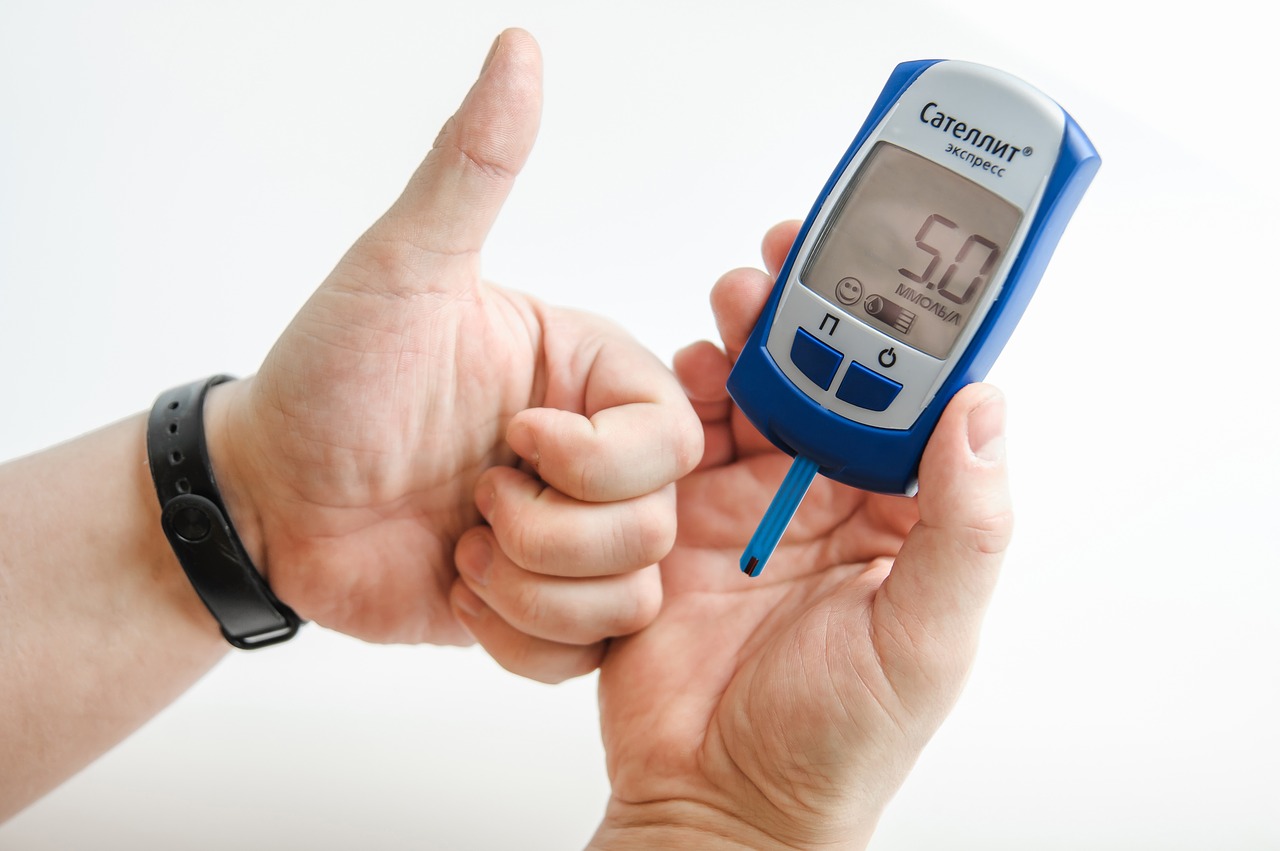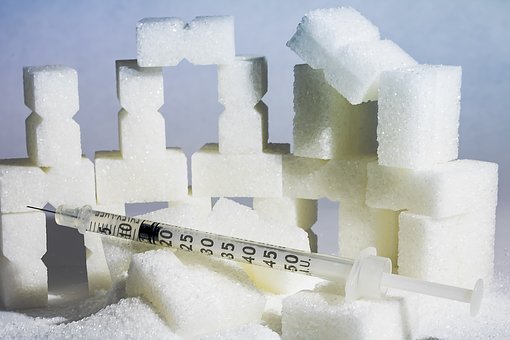Diabetes mellitus, commonly known as diabetes, is a metabolic disease that causes high blood sugar. The hormone insulin moves sugar from the blood into your cells to be stored or used for energy. With diabetes, your body either doesn’t make enough insulin or can’t effectively use the insulin it does make.
Untreated high blood sugar from diabetes can damage your nerves, eyes, kidneys, and other organs.
There are a few different types of diabetes:
- Type 1 diabetes is an autoimmune disease. The immune system attacks and destroys cells in the pancreas, where insulin is made. It’s unclear what causes this attack. About 10 percent of people with diabetes have this type.
- Type 2 diabetes occurs when your body becomes resistant to insulin, and sugar builds up in your blood.
- Prediabetes occurs when your blood sugar is higher than normal, but it’s not high enough for a diagnosis of type 2 diabetes.
- Gestational diabetes is high blood sugar during pregnancy. Insulin-blocking hormones produced by the placenta cause this type of diabetes.
A rare condition called diabetes insipidus is not related to diabetes mellitus, although it has a similar name. It’s a different condition in which your kidneys remove too much fluid from your body. Each type of diabetes has unique symptoms, causes, and treatments.
Globally, about 422 million people have diabetes, the majority living in low-and middle-income countries, and 1.5 million deaths are directly attributed to diabetes each year. Both the number of cases and the prevalence of diabetes have been steadily increasing over the past few decades.
Who gets diabetes? What are the risk factors?
Factors that increase your risk differ depending on the type of diabetes you ultimately develop.
Risk factors for Type 1 diabetes include:
- Having a family history (parent or sibling) of Type 1 diabetes.
- Injury to the pancreas (such as by infection, tumor, surgery or accident).
- Presence of auto-antibodies (antibodies that mistakenly attack your own body’s tissues or organs).
- Physical stress (such as surgery or illness).
- Exposure to illnesses caused by viruses.
Risk factors for prediabetes and Type 2 diabetes include:
- Family history (parent or sibling) of pre-diabetes or Type 2 diabetes.
- Being African-American, Hispanic, Native American, Asian-American race or Pacific Islander.
- Being overweight.
- Having high blood pressure.
- Having low HDL cholesterol (the “good” cholesterol) and high triglyceride level.
- Being physically inactive.
- Being age 45 or older.
- Having gestational diabetes or giving birth to a baby weighing more than 9 pounds.
- Having polycystic ovary syndrome.
- Having a history of heart disease or stroke.
- Being a smoker.
Risk factors for gestational diabetes include:
- Family history (parent or sibling) of prediabetes or Type 2 diabetes.
- Being African-American, Hispanic, Native American, or Asian-American.
- Being overweight before your pregnancy.
- Being over 25 years of age.
Warning Signs and Symptoms Of Diabetes You Should Not Ignore
Diabetes symptoms vary depending on how much your blood sugar is elevated. Some people, especially those with prediabetes or type 2 diabetes, may sometimes not experience symptoms. In type 1 diabetes, symptoms tend to come on quickly and be more severe.
Some of the signs and symptoms of type 1 diabetes and type 2 diabetes are:
- Increased thirst
- Frequent urination
- Extreme hunger
- Unexplained weight loss
- Presence of ketones in the urine (ketones are a byproduct of the breakdown of muscle and fat that happens when there’s not enough available insulin)
- Fatigue
- Irritability
- Blurred vision
- Slow-healing sores
- Frequent infections, such as gums or skin infections and vaginal infections
Type 1 diabetes can develop at any age, though it often appears during childhood or adolescence. Type 2 diabetes, the more common type, can develop at any age, though it’s more common in people older than 40.
When to see a doctor
- If you suspect you or your child may have diabetes. If you notice any possible diabetes symptoms, contact your doctor. The earlier the condition is diagnosed, the sooner treatment can begin.
- If you’ve already been diagnosed with diabetes. After you receive your diagnosis, you’ll need close medical follow-up until your blood sugar levels stabilize





